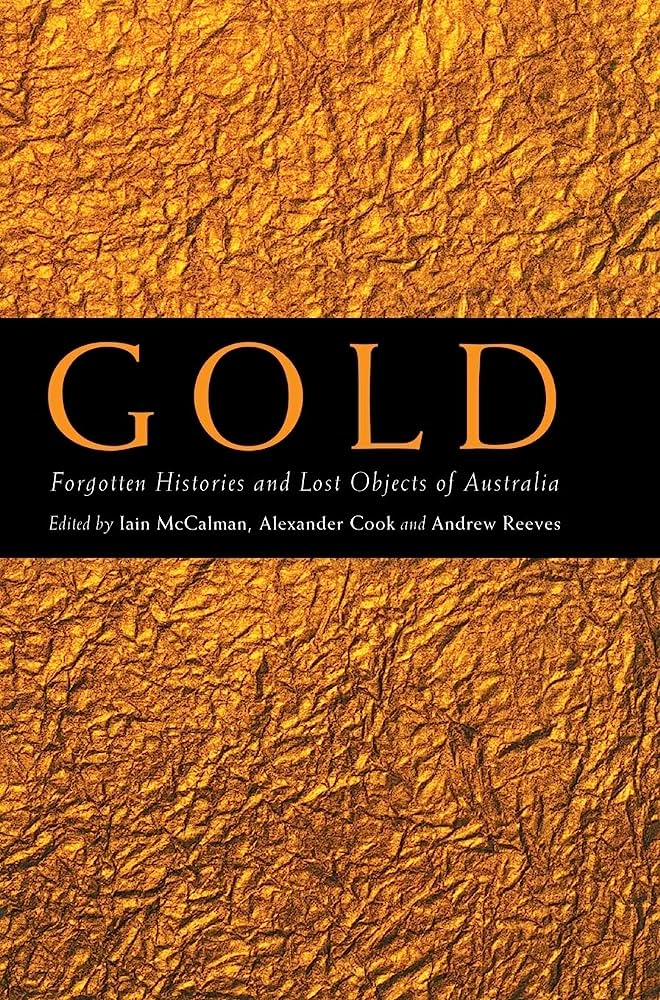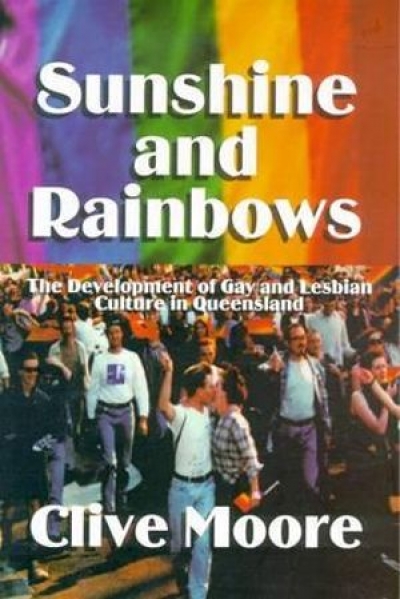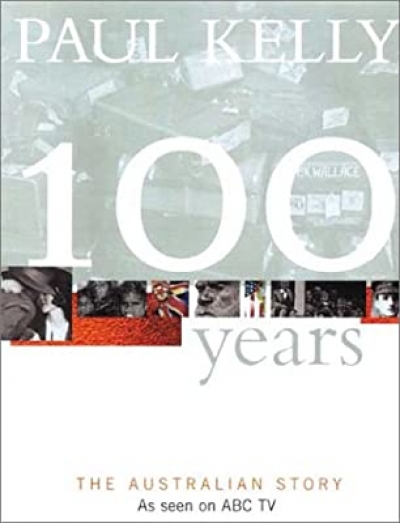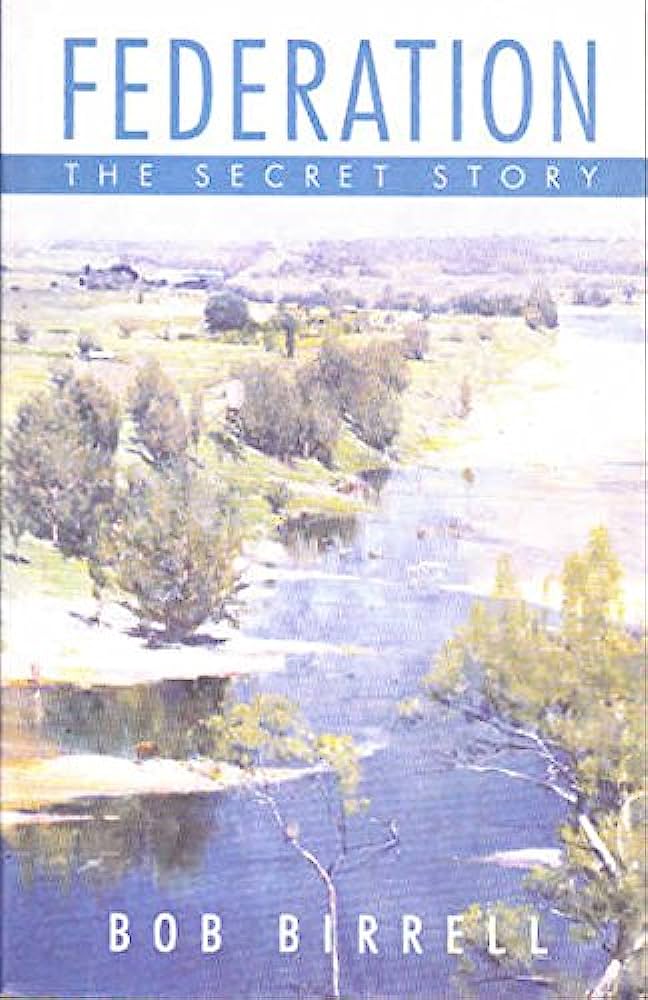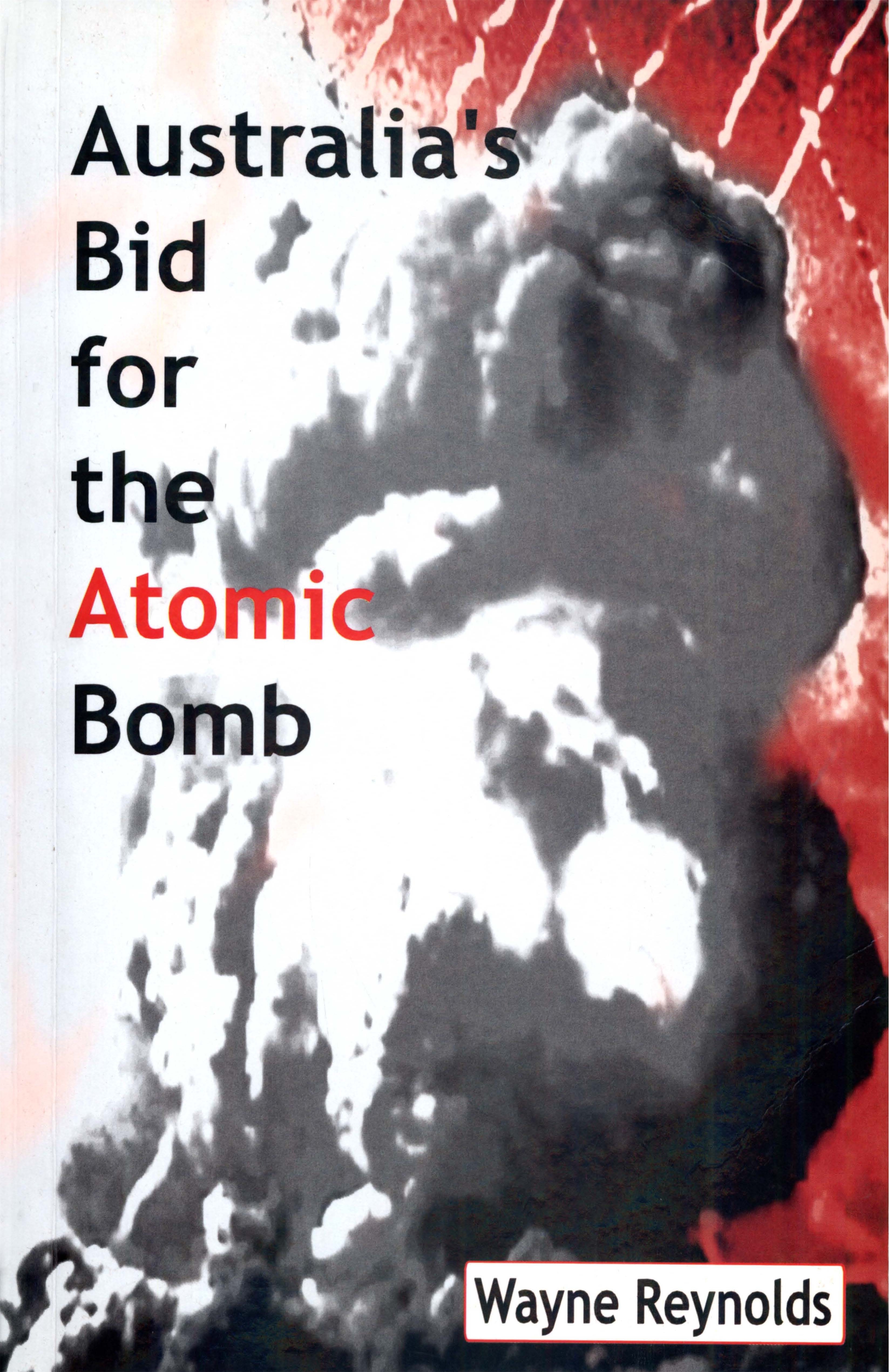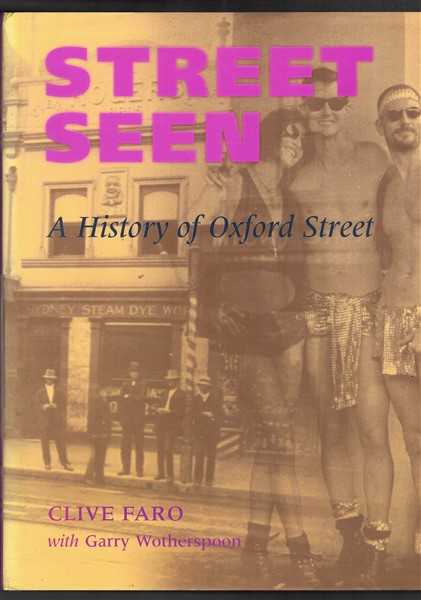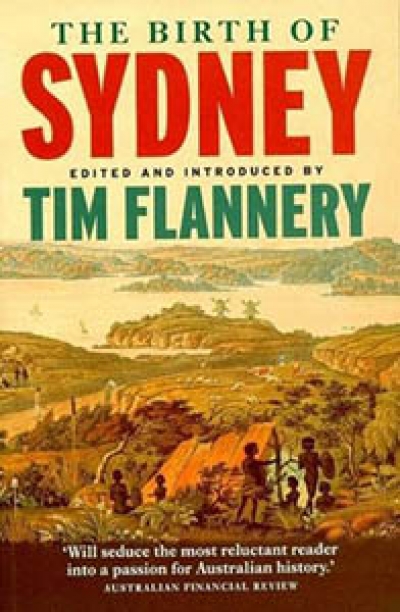Australian History
Soldier Boy: The True Story of Jim Martin the Youngest Anzac by Anthony Hill
Anthony Hill begins his biography of Jim Martin by describing Martin’s death. Beginning the story of a person’s life by going straight to the end is unusual but wholly appropriate in this case because Jim Martin’s fame lies solely in the fact that his death at the age of fourteen, at Gallipoli, makes him the youngest known Australian soldier ever to die in a war.
... (read more)Gold edited by Iain McCalman, Alexander Cook and Andrew Reeves & Gold and Civilisation by
Forgotten histories and lost objects of Australia: this is a five-star title for a three-star book of essays. Several of the essays are slight and pedestrian, and overall the subject of gold gets a patchy treatment; the contributors write about their specialties and we are not given much help to reach a new understanding of the whole phenomenon. But there is much that is interesting here; and some of the material is arresting. The editors have fulfilled their modest intention – ‘to illustrate, amplify, complicate or update’ well-traversed themes.
... (read more)Sunshine and Rainbows: The development of gay and lesbian culture in Australia by Clive Moore
Living the queer life in the inner-city suburbs of Sydney, it is hard not to become complacent, smug even. Like a magnet, Sydney draws lesbians, gays, bisexuals, queers, you name it, from all over the country. If you’ve grown up in rural Victoria, moved to Melbourne after compulsory schooling, and then fifteen years later have hit a certain mid-gay-life ennui, where else is there to go?
... (read more)Paul Kelly is the most influential Australian political journalist of the past twenty-five years. There was a time when Kelly was merely the most perceptive chronicler of the nation’s political life, a worthy successor to Alan Reid. With the publication of his most celebrated book, The End of Certainty, he became something rather different: a highly significant player on the national stage. The End of Certainty told the story of party politics in the 1980s. More importantly, it insinuated a powerful argument in favour of the dismantling of the distinctive interventionist economic arrangements that had been established after Federation: protectionism, centralised industrial arbitration and financial regulation.
... (read more)In 1995 Robert Birrell gave us an interesting book called A Nation of Our Own: Citizenship and nation-building in federated Australia. It traced the growth of a nationalist consciousness in the 1890s and the translation of that Australian nationalism into the forms of Federation and the early shape of the Australian Commonwealth. He argued that there was something distinctively Australian about the ideals and structures created between 1890 and 1910, that far from being a self-interested arrangement devised by lawyers and businessmen, the Australian people were actively engaged and committed to creating the Commonwealth. Now reissued as Federation: The Secret Story by ‘Bob’ Birrell, with a cover based on Arthur Streeton’s The Purple Noon’s Transparent Might, it has a new introduction and conclusion and some corrections to the text.
... (read more)Australia’s bid for the atomic bomb is one of the great ‘what ifs’ of Australian history. Until now it has also been one of the greatest unknowns. According to Historian Wayne Reynolds, a convenient fiction has arisen which holds that all that really happened was that the Anglophile Menzies government allowed Britain to test its bombs at Maralinga to no great effect, except a legacy of radiation poisoning and contamination. The truth, he says, is much more complex, interesting and profound.
... (read more)Street Seen: A History of Oxford Street by Clive Faro and Garry Wotherspoon
This amusing doggerel, furnishing the epigraph to ‘On Queer Street’, the eighth chapter of this book, neatly sums up the status that Oxford Street currently enjoys as an emblem of, and shorthand reference to, the large and vibrant Sydney gay world. Its campy note evokes an older gay world of queens and drag (what in fact the US slang term gay originally meant in the 1920s and 1930s), which was how gay Oxford Street began in the late 1960s. That all receded but did not vanish with the advent of macho fashions and behaviours, clonery, leather, and Muscle Maries in the 1980s, which marked the second wave of US influence following the willing embrace of gay liberation in 1970 and after. Oxford Street is now known to the world as the site of the Mardi Gras parade, far and away the largest street celebration in Australia and probably the largest gay and lesbian street celebration in the world.
... (read more)Despite attempts, revived in recent weeks, to discredit the term ‘stolen generations’, what cannot be denied in the semantics of that debate are the excruciatingly painful experiences of the children involved. While the meanings of such terms as ‘removed’ and ‘abandoned’ are complicated in a racist culture by indigenous peoples’ disenfranchisement, poverty and illiteracy, the devastating nature of separation from family in childhood must never be overlooked or underestimated.
... (read more)The Sentimental Nation: The making of the Australian Commonwealth by John Hirst
When John Hirst accepted the challenge of writing a history of Federation of scholarly quality but fit for a broad popular readership, he may have felt himself on a hiding to nothing. Previous historians have succeeded in convincing Australians that the story of the making of the Australian Commonwealth is at best dull.
... (read more)The Birth of Sydney edited by Tim Flannery & Buried Alive, Sydney 1788-92 by Jack Egan
List of essentials for a trip to Sydney in 2000: airline ticket, style-repellent, a buddy at SOCOG, rather a lot of money, and, uh-oh, excess baggage alert. I’m afraid these two big paperbacks are a must. With the Olympics looming, an outbreak of books about Sydney was inevitable. But fear not, discerning readers. Jack Egan and Tim Flannery’s tributes to Australia’s first city are not the quick-and-slick kind. Opportunistic they may be, but you can tell they’re done with love.
... (read more)


